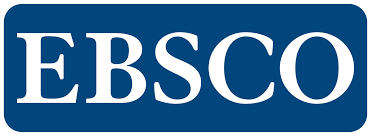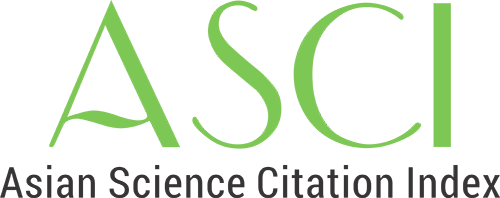The rise of electronic media learning has been driven by rapid technological advances, widespread access to the Internet, and the decreasing cost of mobile devices. Cleft lip and palate (CLP) are common congenital conditions affecting the head and neck area. Numerous studies have highlighted the association between orofacial clefts and challenges such as feeding difficulties and weight loss. As a result, initial treatment for these issues often involves the use of feeding plate obturators to assist with swallowing and feeding. Patients and their families often turn to the Internet to find information on medical topics, and YouTube™ is a popular platform. This study aimed to assess the quality of information available on YouTube™ for parents seeking advice about feeding plate obturators for CLP patients. A systematic search was conducted on YouTube™ using keywords such as “Feeding plate in CLP patients” and “obturators for feeding in CLP patients.” The selected videos were evaluated for their usefulness using a 10-point scoring system. It was found that most of the videos were uploaded by healthcare professionals, but the overall usefulness scores were low. Viewer interaction was not significantly associated with the usefulness of the content. The videos lacked comprehensive information on the importance, fabrication, and proper usage of feeding plates. For more effective educational purposes, videos produced by trusted organizations, such as the Association of Pediatric and Preventive Dentistry, provide more complete and reliable guidance on feeding plate obturators.






